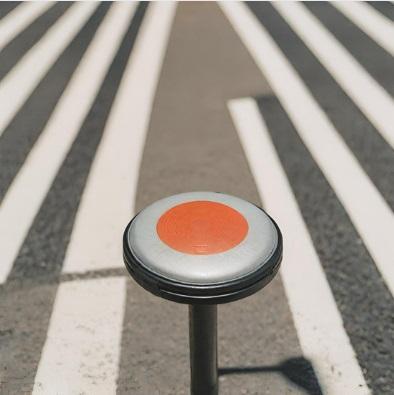Have you ever stood at a busy intersection, repeatedly pressing the crosswalk button, and wondered if it actually does anything? You're not alone. The cross walk button, also known as the pedestrian push button, has been a subject of urban legend and debate for years. Let's delve into the functionality and psychology behind these ubiquitous urban fixtures.
What is a Crosswalk Button?
A crosswalk button is a device located at pedestrian crossings to help manage traffic flow. It's designed to signal to the traffic control system that a pedestrian is waiting to cross the street. In theory, once the button is pressed, the traffic lights should eventually change, giving pedestrians the right of way to cross safely.
The Myth of the "Placebo Button"
In some cities, crosswalk buttons are nothing more than placebo buttons—they give the illusion of control but don't actually influence the traffic signal. This is because many modern traffic systems are automated and based on timers or sensors that regulate the flow of traffic. The buttons are left in place, often for psychological reasons, to provide pedestrians with a sense of agency.
The Reality: Not All Buttons Are Created Equal
However, not all crosswalk buttons are placebos. In less busy areas or during off-peak hours, these buttons can play a crucial role in traffic management. When pressed, they can trigger a change in the traffic light cycle, allowing pedestrians to cross the road without having to wait for an extended period.
The Importance of Crosswalk Buttons
Despite the skepticism surrounding their efficacy, crosswalk buttons perform several important functions:
Safety
They promote pedestrian safety by providing a formal mechanism for stopping traffic. This is particularly important for the visually impaired, who rely on the audio signals that accompany the activation of the crosswalk light.
Efficiency
In suburban or rural areas, where pedestrian traffic is less frequent, crosswalk buttons help maintain an efficient flow of vehicular traffic by only stopping cars when necessary.
Accessibility
Crosswalk buttons are often positioned and designed to be accessible to individuals with disabilities, ensuring that everyone has equal access to safe street crossing.
The Future of Crosswalk Buttons
As smart city technology advances, the traditional crosswalk button may evolve. Future iterations could be more interactive, providing real-time feedback to pedestrians or adapting to specific traffic conditions using sensors and artificial intelligence.
Conclusion
The next time you press a crosswalk button, consider the complex interplay of technology, psychology, and urban planning that it represents. Whether or not the button you press hastens the arrival of a "walk" signal, it's a small part of a larger conversation about how we navigate our urban environments.
Remember, the crosswalk button is more than just a button—it's a symbol of pedestrian empowerment and a reminder of the importance of pedestrian safety in city planning.
